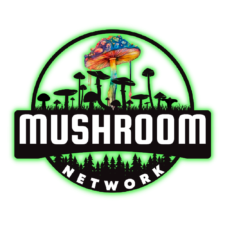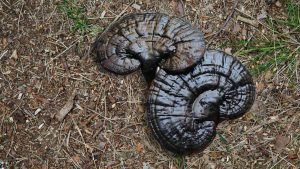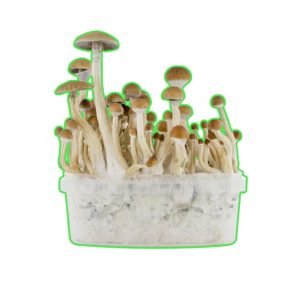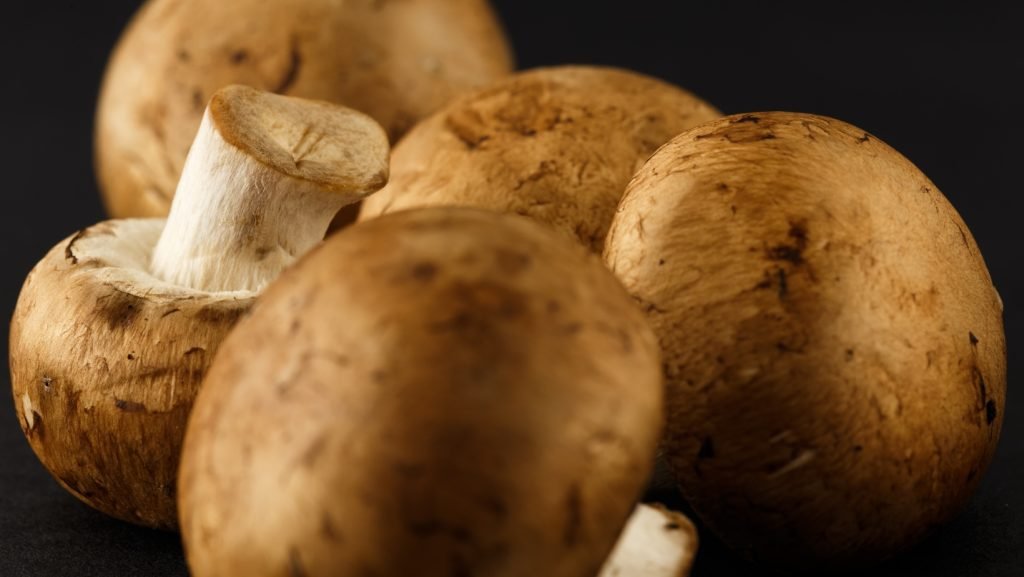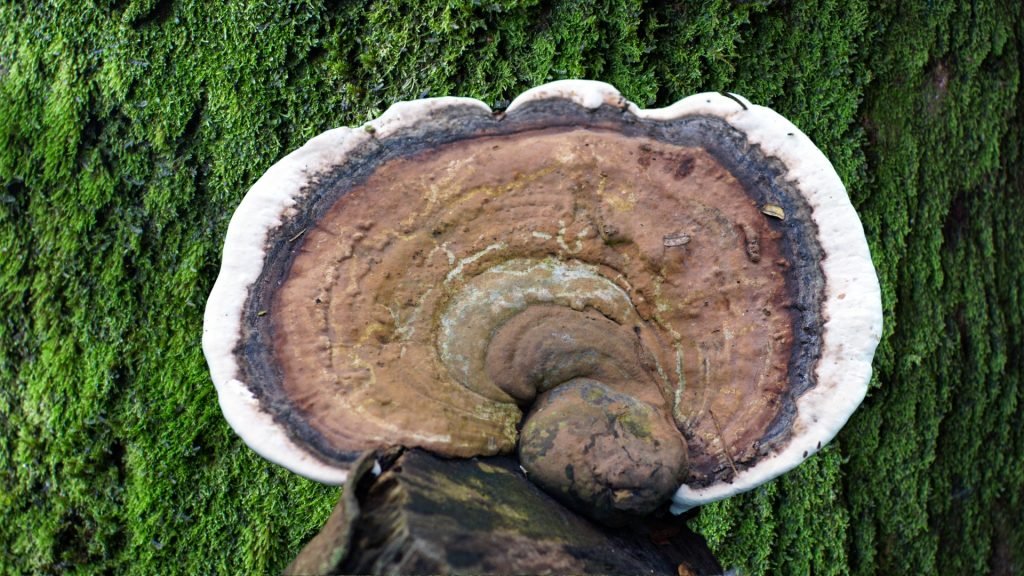In the study of mycology, Maria Sabina emerges as a legendary figure. A Mazatec curandera, her extensive knowledge and usage of psilocybin mushrooms became a conduit for their introduction to Western society. Sabina’s life and enduring influence underscore a deep, intricate connection between humans and nature, a bond that has profoundly shaped spirituality, medicine, and cultural exchanges. This article provides a detailed exploration into Sabina’s extraordinary story, her significant contributions, and her ongoing influence on our understanding of mushrooms and their potential.
Maria Sabina was born on July 22, 1894, in the heart of the Sierra Mazateca region, Oaxaca, Mexico. Raised in a Mazatec community, she was steeped in indigenous traditions, where the spiritual significance of plants and fungi held prominence. This rich cultural heritage ignited her curiosity about the natural world and nurtured her perception of nature’s healing powers.
Her journey commenced in her teens, during a serious illness that provoked intense visions. These visions drove her to the sacred rituals of her community, which incorporated the ceremonial use of psilocybin mushrooms, or “Holy Children” as referred to in Mazatec. These rituals became her gateway to the mystical properties of the mushrooms, marking the beginning of her healing practices.

Sabina’s deep comprehension of the mushrooms’ effects led to her emerging as a revered spiritual healer or “curandera” in her community. Her ability to enter and communicate within the divine realms, through the altered states of consciousness induced by the mushrooms, garnered her immense respect and followership.
Her profound expertise caught the Western world’s eye in the early 1950s. Notably, renowned mycologist R. Gordon Wasson and his wife Valentina, propelled by the desire to experience the Mazatec mushroom rituals, made their way to Sabina. Wasson’s subsequent article in Life magazine in 1957 opened up the world of Sabina and psilocybin mushrooms to a global audience.
Sabina’s role as a liaison between the Mazatec culture and the Western world had significant repercussions. While it fostered scientific research and potential therapeutic uses of the mushrooms, it also spawned cultural appropriation and commodification of sacred indigenous practices. Sabina herself expressed profound regret over the desecration of her sacred rituals.
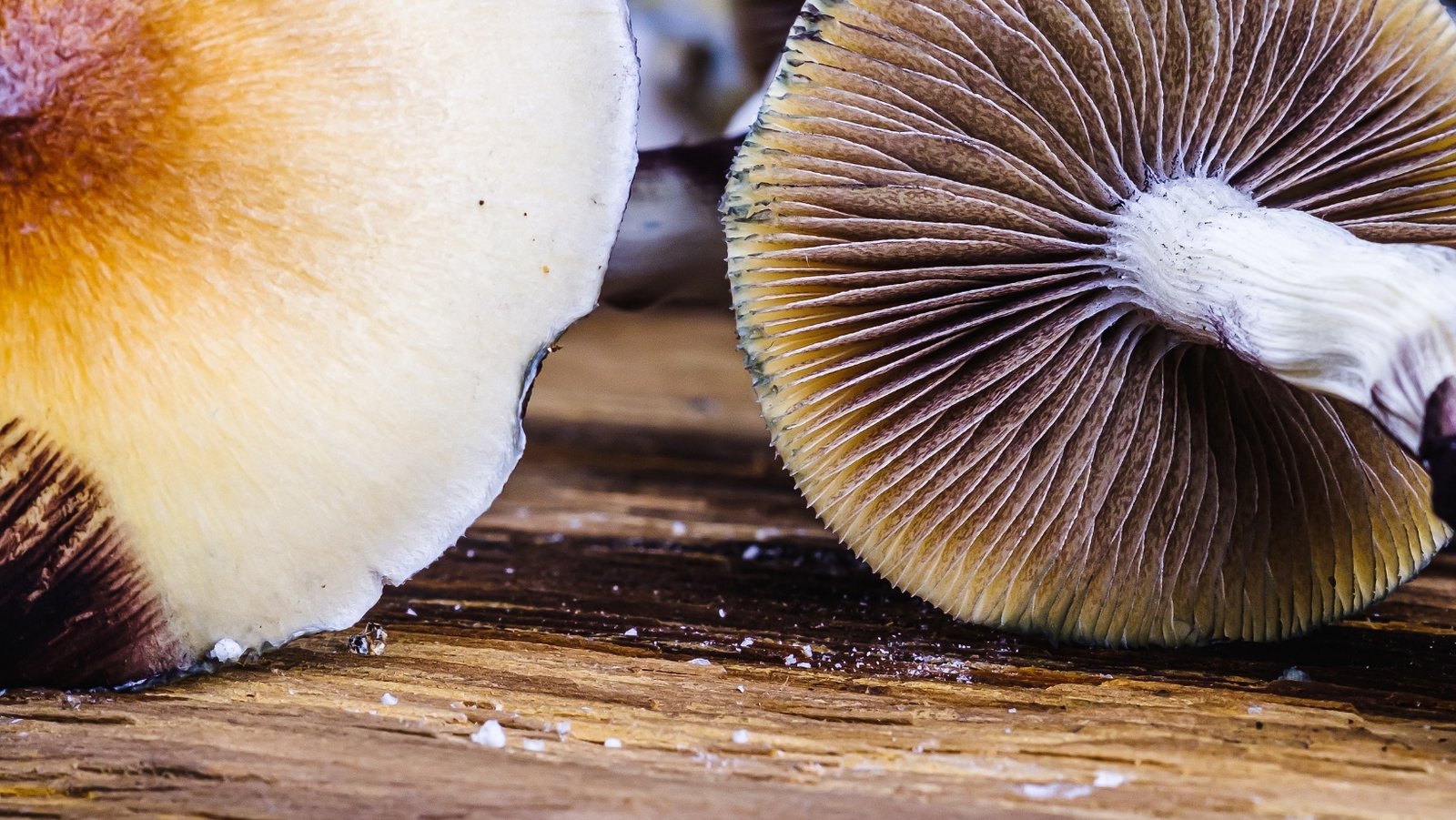
Despite the adversities she faced, Sabina’s legacy persists, reverberating through time. Her memory is honored, and her knowledge is recognized as a cornerstone of indigenous wisdom. Her story highlights the need for respect, understanding, and ethical engagement when incorporating traditional practices into Western contexts.
The narrative of Maria Sabina, transitioning from a local Mazatec Healer to an internationally recognized symbol of psilocybin wisdom, affirms the deep-seated bond between humans and nature. Her life’s work illuminates the ancient relationship between indigenous cultures and the natural world and advocates for the preservation and respect of traditional wisdom. Sabina’s continued influence inspires a revitalized appreciation for the spiritual and therapeutic potential of mushrooms, urging us to approach their study and usage with utmost reverence and cultural sensitivity.
Recommended Reads:
Delving Deeper into the POD TEK: A Comprehensive and Illustrated Guide
Delving into the world of mycology, one stumbles upon several fascinating techniques for mushroom cultivation,...
Read More...Substrate for Mycology: A Comprehensive Guide on Hardwood Pellets
Journey into the rich tapestry of mycology, diving deep into hardwood pellets – a favored...
Read More...The Healing Powers of Black Reishi: Fact or Fiction?
In this comprehensive deep-dive, “The Healing Powers of Black Reishi: Fact or Fiction?” we examine...
Read More...The Psychedelic Potential of Psilocybe Cubensis B+: A Closer Look at the Research
Aiding mental health with mushrooms might seem like a thing of fantasy, but with B+...
Read More...Whoa there, Spore Sport! 🍄 Looks like you’re not logged in yet. Don’t you know what you’re missing? MYCO-CREDITS! Imagine all the fungal fun you could have. It’s like finding a Morel in May and not picking it. Tragic, right? Log In or Become a Myco-Patron and start racking up those credits. It’s more rewarding than finding a mushroom in your backyard! 🌟🏡
